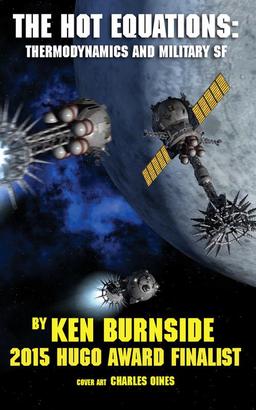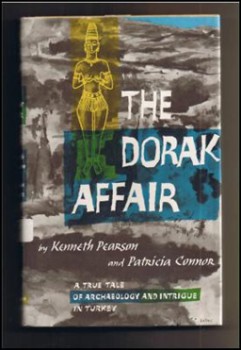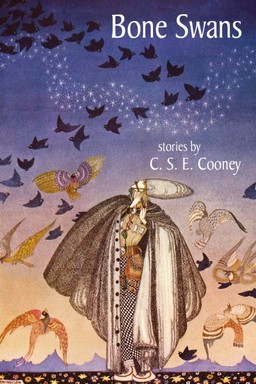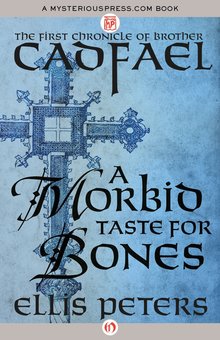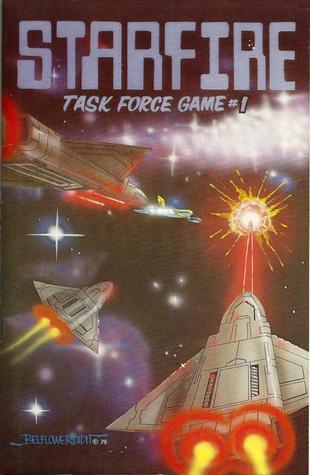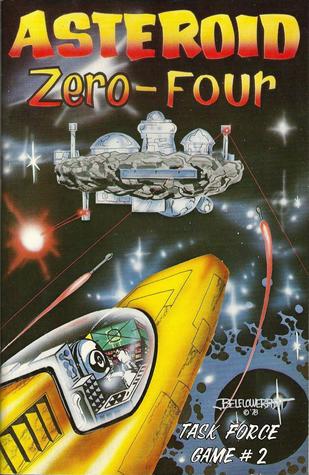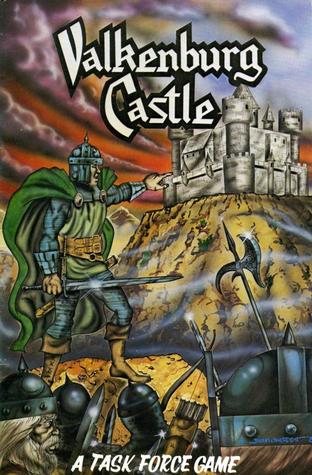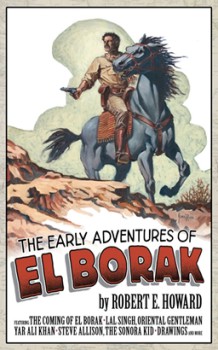Fantasia Diary 2015, Day 17: Synchronicity, The Dark Below, Traders, and Méliès et magie
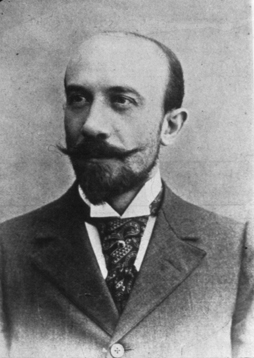 Thursday, July 30, looked like one of the odder days I had lined up at the Fantasia Festival. I’d head down to the De Sève Theatre early on to catch a new American science-fiction film called Synchronicity, then go to the screening room to watch a dialogue-free horror film called The Dark Below. After that, I’d go back to the De Sève to catch the Irish black comedy Traders, and finally wrap up with an event called Méliès et magie, an event presenting some of the classic short films by the first master of fantasy cinema. It looked like a varied day, though in the end it was less so than I’d expected.
Thursday, July 30, looked like one of the odder days I had lined up at the Fantasia Festival. I’d head down to the De Sève Theatre early on to catch a new American science-fiction film called Synchronicity, then go to the screening room to watch a dialogue-free horror film called The Dark Below. After that, I’d go back to the De Sève to catch the Irish black comedy Traders, and finally wrap up with an event called Méliès et magie, an event presenting some of the classic short films by the first master of fantasy cinema. It looked like a varied day, though in the end it was less so than I’d expected.
Synchronicity is directed by Jacob Gentry, known for his horror film The Signal, from a screenplay by Gentry and Alex Orr. It stars Chad McKnight as Jim Beale, the leader of a small team of physicists about to successfully achieve time travel — and Michael Ironside as a venture capitalist named Klaus Meisner angling to take over their invention, to play, as Meisner says, Edison to their Tesla. Caught in the middle is a mysterious woman named Abby (Brianne Davis) with ties to Meisner. Beale’s drawn to her, but whose side is she on? As the movie goes on, time loops back (or does it?) and events are reinterpreted. But then there’s a final revelation, and all we thought we knew is questioned.
I want to avoid giving away fundamental plot details. But I have to say the final twist of Synchronicity seems to me to be badly misjudged. It means not only that the logic we thought we were following up to that point was not true, but that there is no alternate logic to replace it. We’ve been watching a tissue of coincidences. It deflates the movie for me (and incidentally calls into question the intelligence of otherwise well-characterised scientists).
